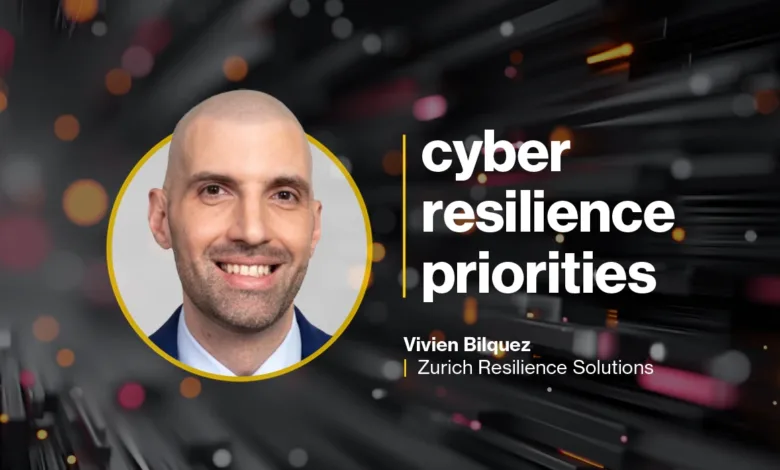Quantify Cyber Risk to Win Executive Buy-In

▼ Summary
– AI is enabling automated ransomware and social engineering attacks, but defenders can also leverage AI to enhance security, keeping the threat landscape relatively balanced.
– Critical infrastructure sectors are increasingly regulated, yet face vulnerabilities from outdated operational technology that is difficult to update, posing risks beyond data loss to physical harm.
– Third-party dependencies are a major resilience blind spot, requiring governance strategies, supplier classification, and contractual security clauses to manage risks effectively.
– CISOs should prioritize metrics like the number and impact of security incidents, vulnerability remediation times, and third-party compliance to assess and improve cyber resilience.
– Communicating cyber risks in financial terms through Cyber Risk Quantification helps CISOs gain executive support by demonstrating clear ROI and positioning cybersecurity as a business enabler.
Effectively communicating the financial implications of cyber threats is essential for Chief Information Security Officers (CISOs) seeking executive approval for security initiatives. By translating cyber risks into financial terms, CISOs can help the board understand the impact. This approach moves beyond vague risk categories, presenting clear monetary exposure that resonates with business leaders. A compelling example would be demonstrating how a specific security investment could substantially reduce potential ransomware losses, making a powerful case for budget allocation.
The threat landscape continues to evolve, with artificial intelligence playing an increasingly significant role. Attackers now leverage AI to automate ransomware deployment and enhance social engineering campaigns. Although current AI capabilities primarily recycle existing data rather than generating truly novel attacks, the risk is steadily growing. Fortunately, cybersecurity teams can deploy the same AI technologies to bolster their defensive measures, creating a dynamic balance between attackers and defenders. Maintaining constant vigilance remains critical, as malicious actors frequently adapt their tactics.
Regulatory pressures are also shifting, particularly for critical infrastructure sectors. Unlike the heavily regulated financial industry, many vital services are only now aligning with new directives such as Europe’s NIS2. A significant challenge involves securing operational technology (OT), which often relies on legacy equipment that cannot be easily updated or patched. The consequences extend beyond data breaches to potential physical harm, making OT security a strategic priority that demands immediate attention.
Organizations frequently overlook hidden dependencies that create resilience blind spots, particularly concerning third-party relationships. Even small businesses routinely share sensitive customer data with external suppliers, creating potential vulnerabilities. Implementing a robust third-party management strategy is essential, beginning with strong governance frameworks. Companies should classify suppliers based on criticality and ensure contracts explicitly include cybersecurity requirements, data protection clauses, and audit rights. Establishing penalties for non-compliance helps enforce these standards, while technical assessments like penetration testing provide measurable validation of partner security postures.
For CISOs evaluating their current resilience posture, three key metrics provide crucial insights. Tracking security incidents, including frequency, impact, and mitigation effectiveness, reveals attack patterns and organizational targeting. Monitoring vulnerability remediation timelines and the percentage of systems patched within established frameworks helps quantify cyber exposure. Assessing third-party compliance across the supply chain completes the picture, as security failures often originate not internally but through weaknesses in partner ecosystems.
Common mistakes in resilience testing often stem from misplaced priorities. Organizations sometimes invest in security tools primarily to meet compliance requirements, then fail to properly configure or maintain them. This creates dangerous false confidence. Effective testing ensures security tools are not merely present but actively protecting business operations. The most valuable investment remains experienced cybersecurity professionals whose expertise and judgment cannot yet be replicated by technology alone, regardless of how advanced it becomes.
Ultimately, positioning cybersecurity as a business enabler rather than a cost center transforms executive conversations. Cyber Risk Quantification (CRQ) provides the methodology to benchmark an organization against industry peers while demonstrating how security investments contribute directly to resilience, growth, and profitability. When CISOs present cyber risks in financial terms, they build compelling arguments that secure executive support and appropriate funding for essential security initiatives.
(Source: HelpNet Security)





